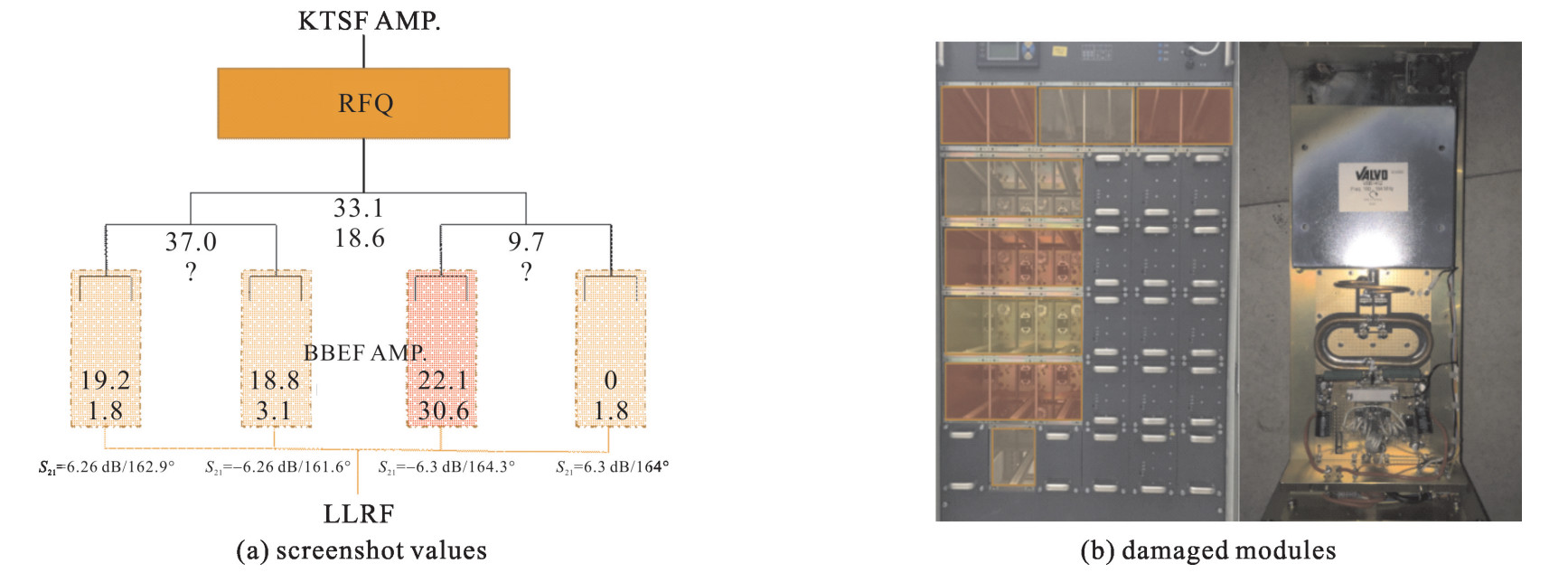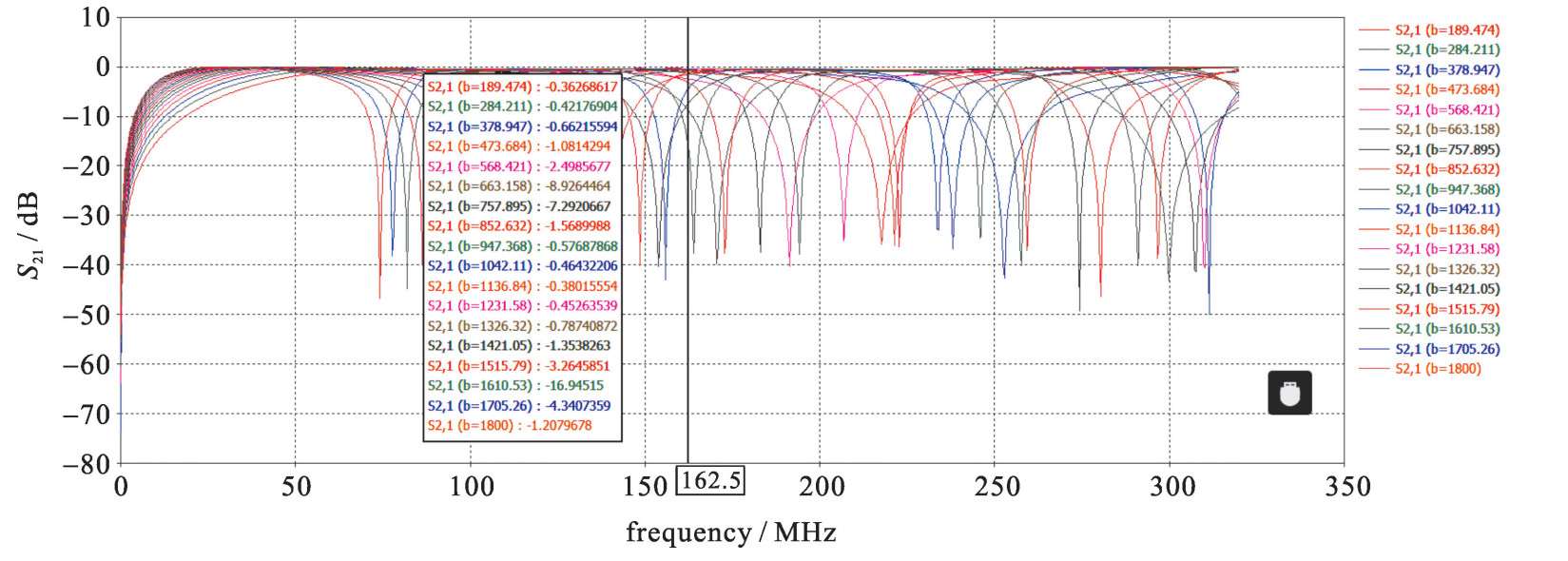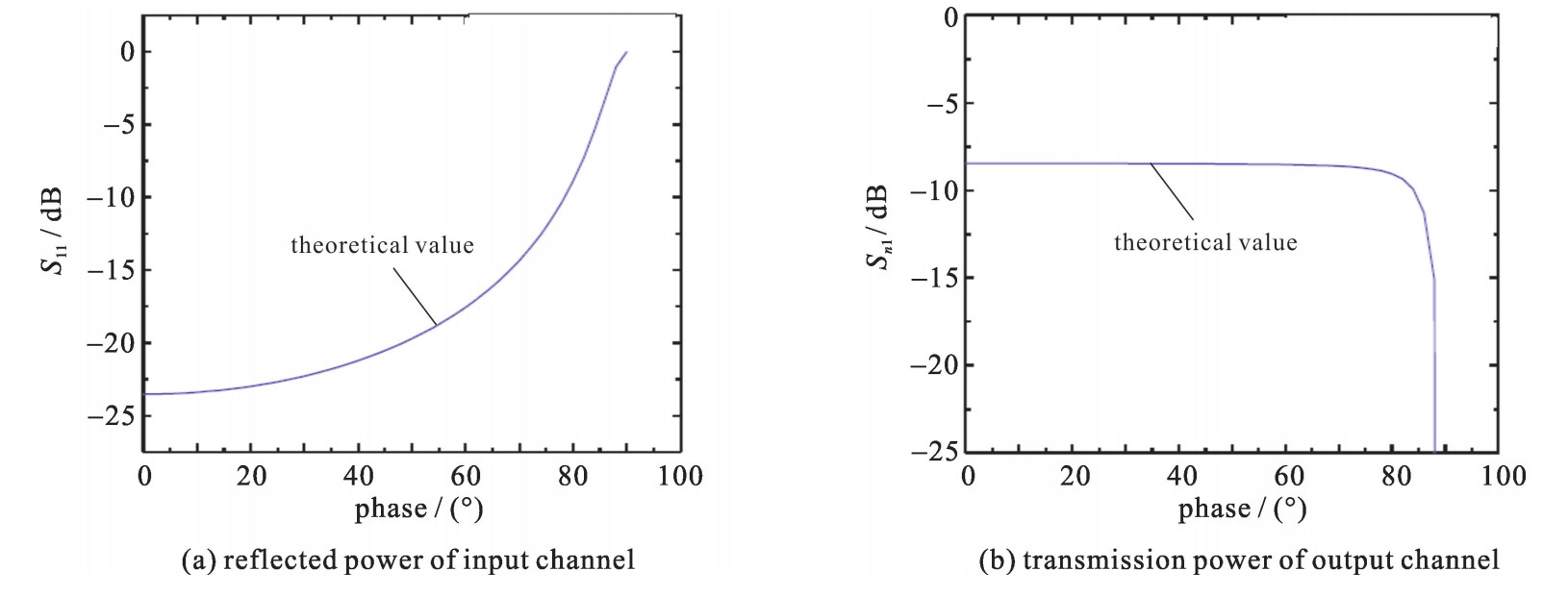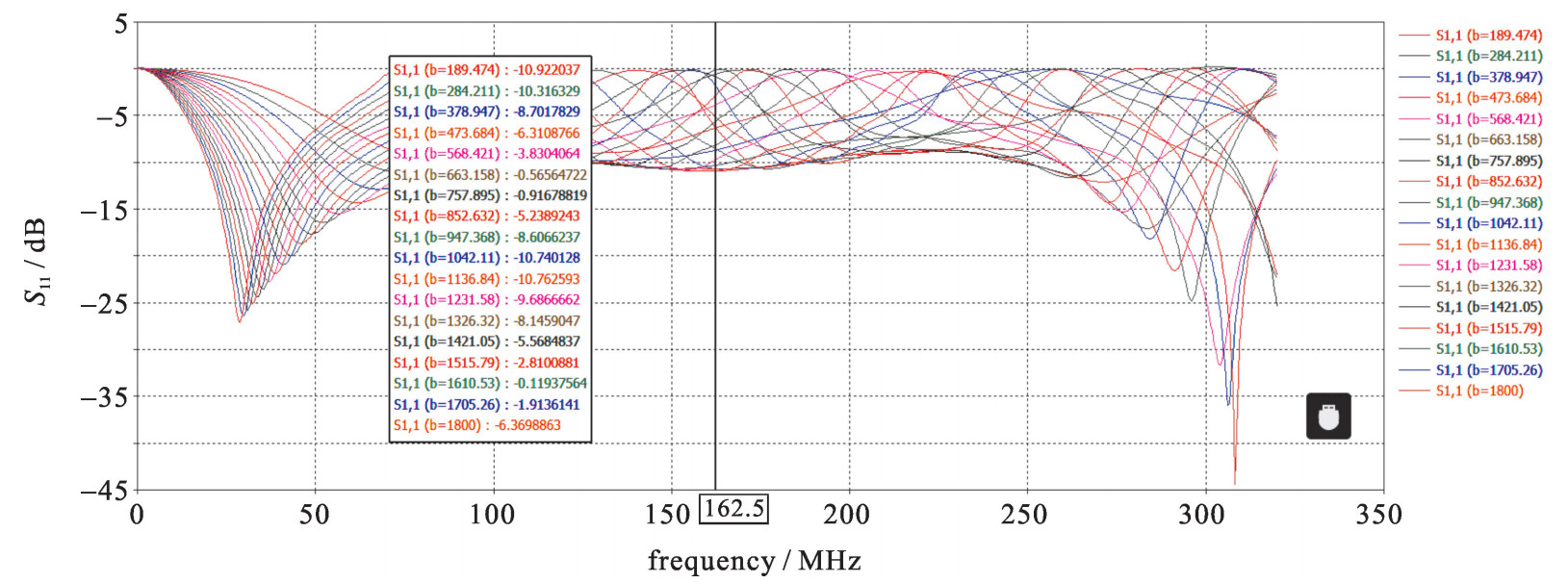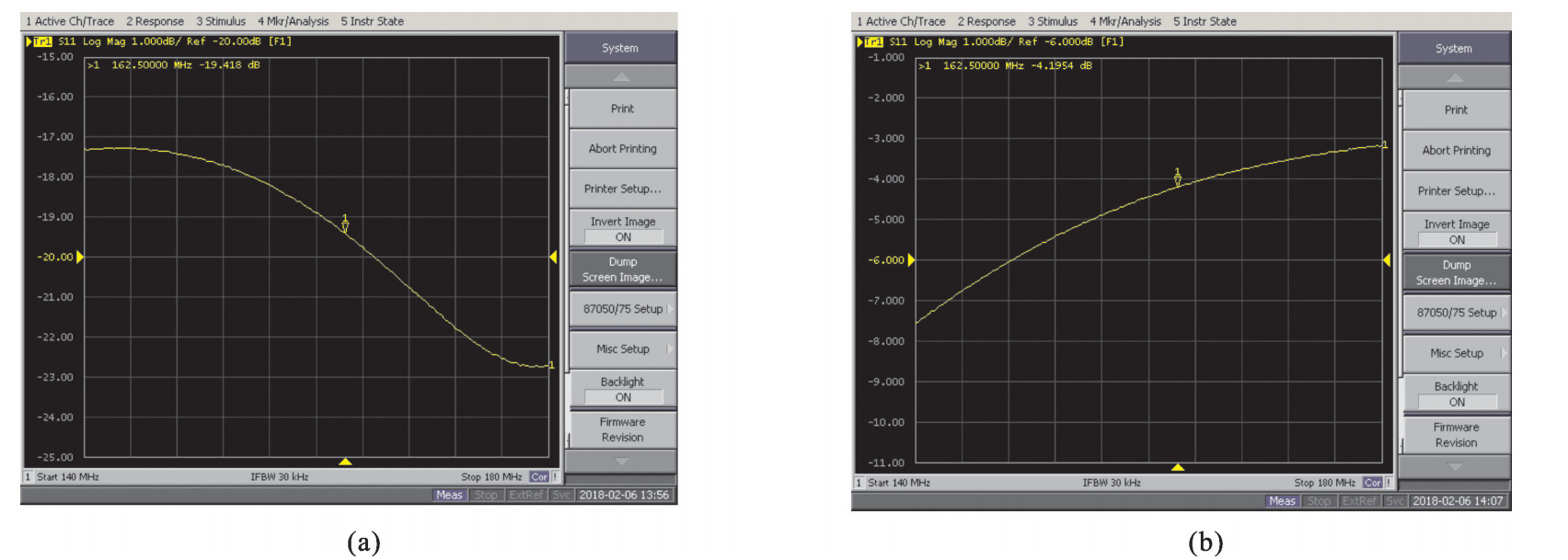-
Abstract: The new RF system of Radio Frequency Quadrupole (RFQ) accelerator in ADS project at the Institute of Modern Physics (IMP) was upgraded in the beginning of 2017, the original tetrode amplifier was replaced by two new unconditionally stable solid-state amplifiers (SSAs) for proton acceleration, which have the same 80 kW nominal power and combine at least 120 kW inside the cavity with two uniform couplers. In the SSAs, the multiple power modules were amplitude-modulated and phase-optimized for power combination, but one or a couple of damaged circulators (including sink loads) might cause failure of the whole RF system. Especially, according to experiments and simulation, when the transmission line between the two different level combiners met a specific condition, the scattering parameter of the system would have great fluctuations, even cut-off, if damages occurred in circulators or sink loads. In this paper, the simulation methods for multi-level synthetic amplifying are introduced in detail; as a new design concept of the amplifier, the failure analysis and related experiments focusing on amplification links of SSA under special circumstances are also presented.
-
Key words:
- solid-state amplifier /
- electrical length /
- combiner /
- sink load /
- circulator
摘要: 用于中科院近代物理研究所的ADS项目中的射频四极加速器(RFQ) 的新RF系统在2017年初升级,原来的电子四极放大器被两个新的固态功放(SSA) 所替换,它们是两台相同的额定功率为80 kW的功率源,通过两个相同的耦合器在腔内合成至少100 kW的功率。但是对于SSA来说,为了功率组合,太多的功率模块的振幅和相位进行了调整和优化,一个或几个损坏的环形器(包括吸收负载) 可能导致整个射频系统的失效。特别是,根据实验和仿真,发生失配问题后,如果两级合成器之间的传输线电长度满足某一特定条件时,系统的散射参数会有很大的波动,甚至切断。详细介绍了北京北广科技股份有限公司用于模拟多级合成放大的模拟方法、放大链路的故障分析及相关实验情况。 -
-
[1] Sun Liepeng, Shi Aimin, Zhang Zhouli, et al. Engineering design of the RF input couplers for C-ADS RFQ[C]//Proc of 5th International Particle Accelerator Conference. 2014: 3878-3880. [2] Wangler T P. Principles of RF linear accelerators[M]. New Mexico: Wiley-Interscience, 1998. [3] MAXIM High- Frequency/Fiber Communications Group. Single-ended and differential S-parameters. Application Note HFAN- 5.1.0(Rev. 0, 03/01)[S]. 2001. [4] Kurokawa K. Power waves and the scattering matrix[J]. IEEE Trans Microwave Theory Tech, 1965, 13(3): 194-202. [5] Xiong Zhengfeng, Ning Hui, Chen Huaibi, et al. Design of compact power combiner in rectangular waveguide[J]. High Power Laser and Particle Beams, 2014, 26: 063013. doi: 10.3788/HPLPB20142606.63013 [6] Bockelman D E, Eisenstadt W R. Combined differential and common-mode scattering parameters: Theory and simulation[J]. IEEE Trans Microwave Theory Tech, 1995, 43(7): 1530-1539. doi: 10.1109/22.392911 [7] Zhao Min, Zhou Xing, Wang Qingguo, et al. Design and analysis on power synthesis of all-solid-state pulse source with fast-edge[J]. High Power Laser and Particle Beams, 2015, 27: 103232. doi: 10.11884/HPLPB201527.103232 期刊类型引用(0)
其他类型引用(2)
-





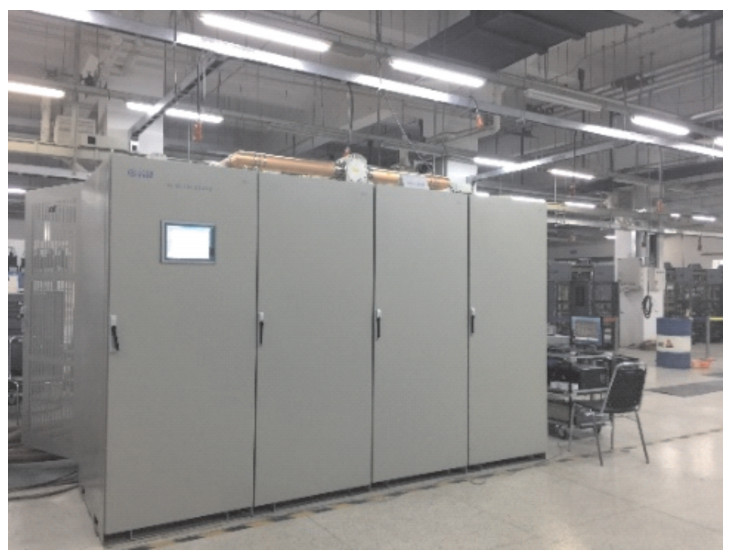
 下载:
下载:
